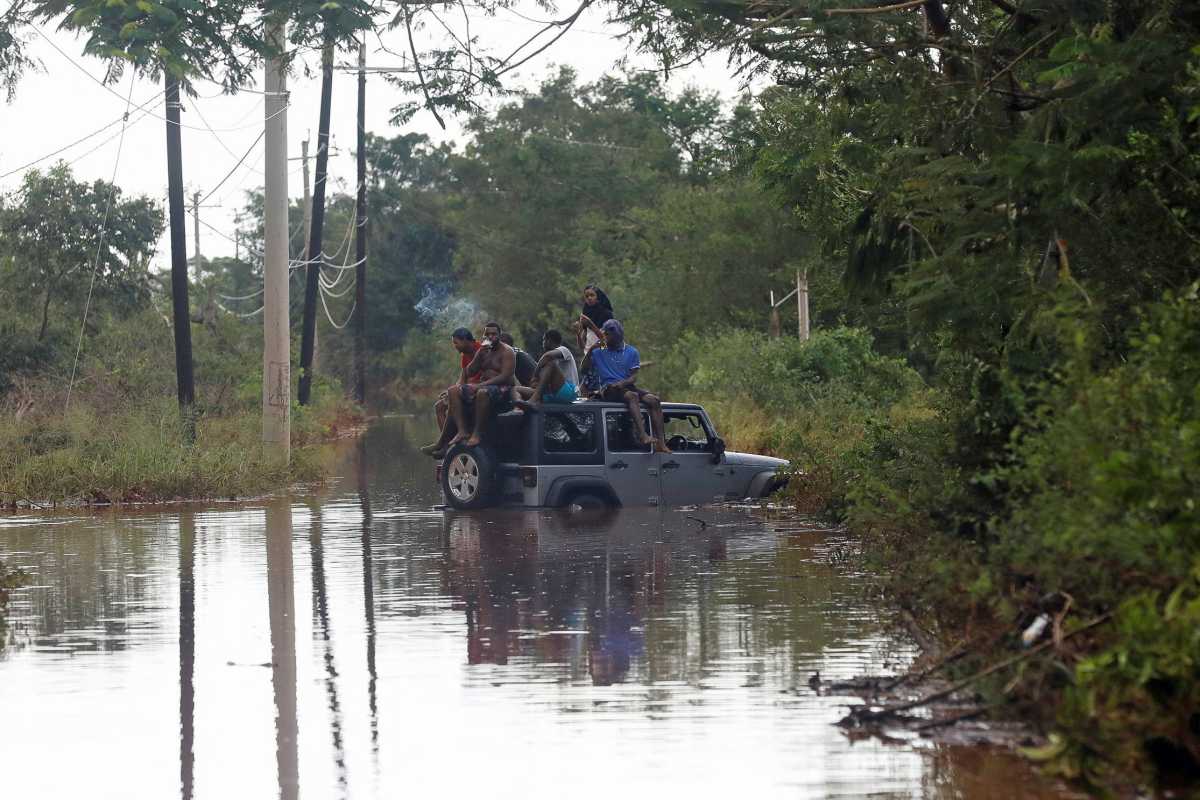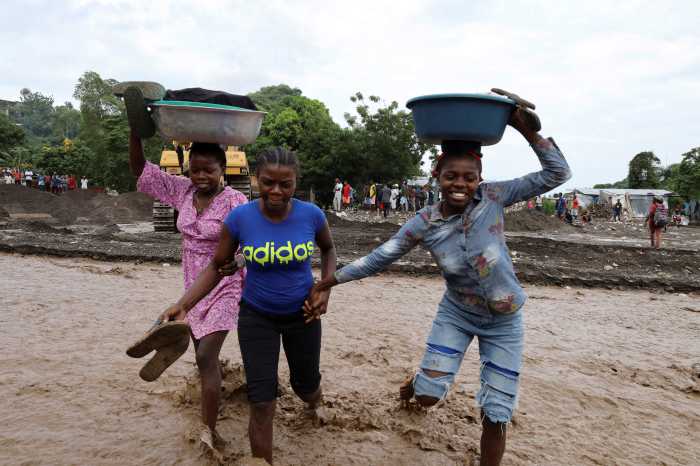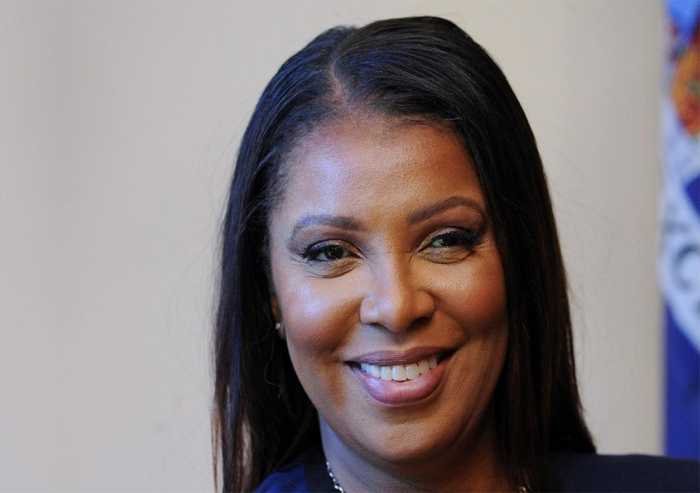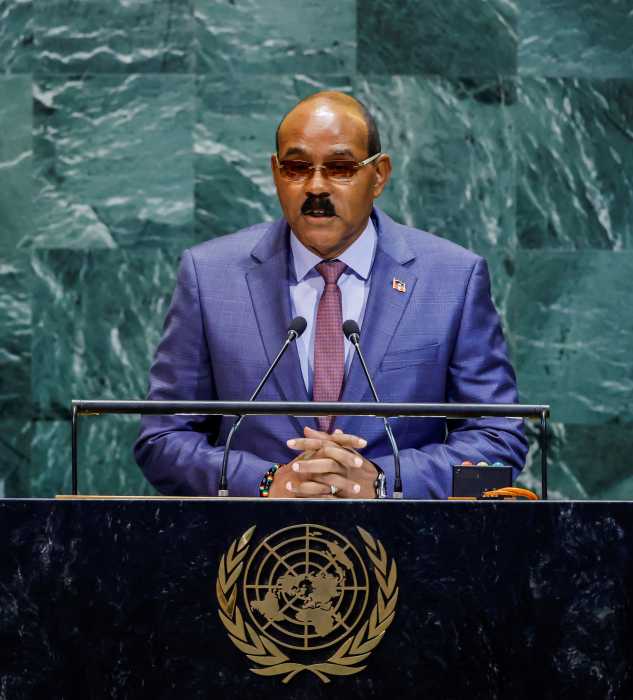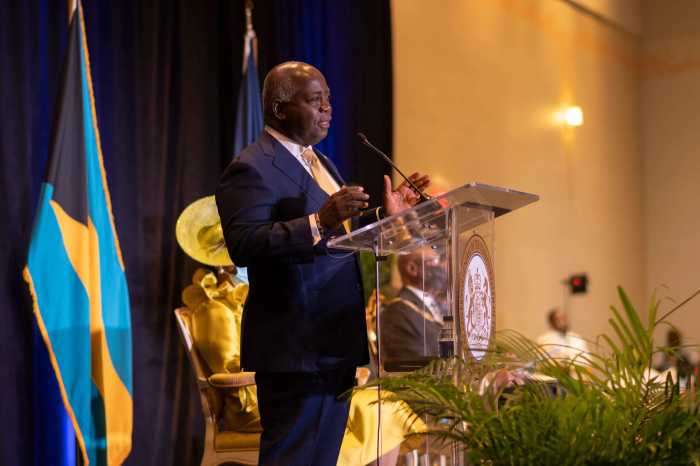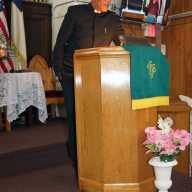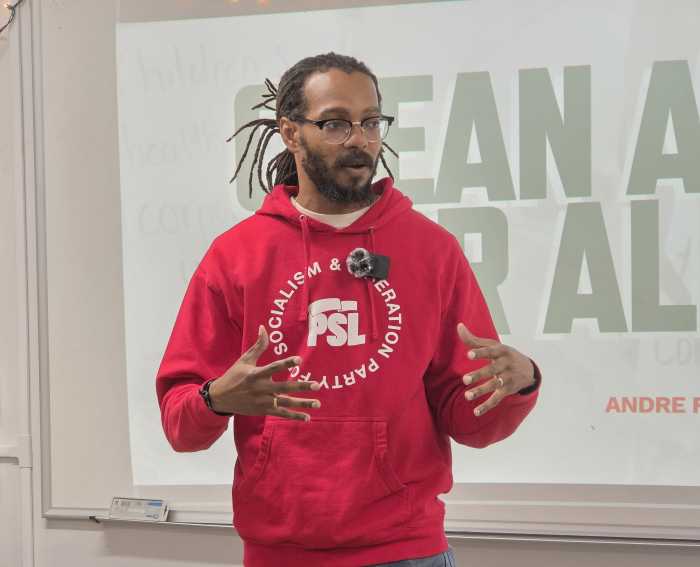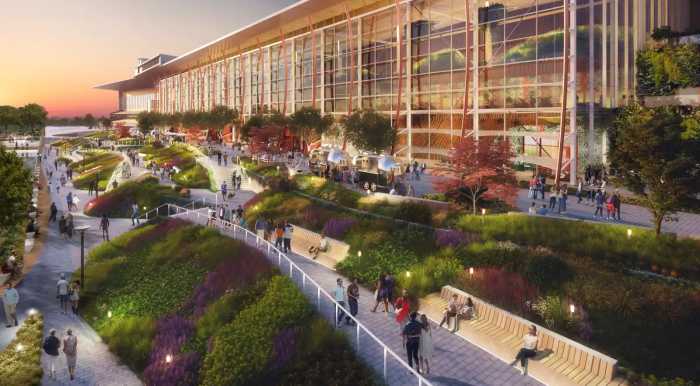Jamaica’s government on Wednesday declared the island of nearly three million people a disaster area after the first significant storm of this year devastated large parts of western Jamaica, felling power lines, trees, dumping the equivalent of months of rainfall in a few hours, triggering landslides and consequential flooding in residential communities and tourism enclaves, officials said.
Packing winds of up to 185 miles per hour with gusts well over 200 MPH, the Category Five storm came ashore midday in Westmorland, ripping off roofs from private and commercial properties, police stations, and at least four hospitals.
In St. Elizabeth, Hanover, and tourism paradise St. James, the power company reported that up to 7 % of its customers are without power and will remain in darkness for a few days, while only about 10% of those in southern districts like the capital, Kingston, have been affected. The capital was largely spared the worst of the strongest storm ever to hit Jamaica. About 30% of Digicel’s mobile subscribers and 20% of its fiber home internet service remained offline on Wednesday.
Melissa called on the island 15 months after Beryl had caused widespread destruction island-wide, also as a Category Five storm. However, that one continues to baffle weather experts because it had formed to full strength in late June and early July, just four weeks after the official start of the annual storm season, as the experts deemed it a highly unusual phenomenon. October is usually the peak month for the annual storm season.
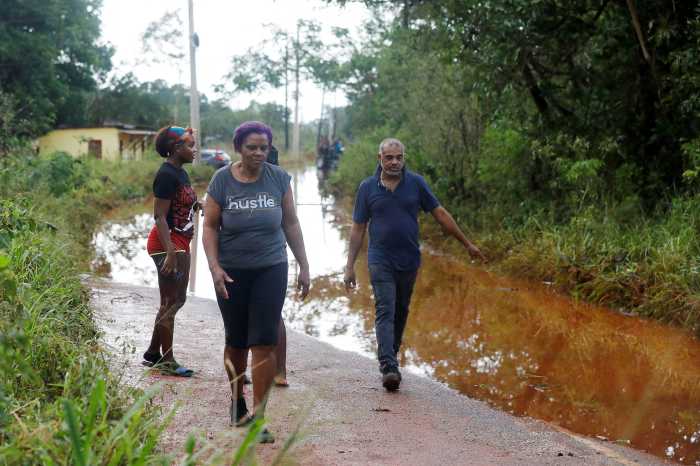
In naming the island as a disaster area, Prime Minister Andrew Holness said authorities will do all in their power to help citizens, noting that “the government’s priority is always the safety and well-being of every Jamaican. We must also continue to proactively maintain stability, protect consumers, and prevent any exploitation at a time when citizens are securing food, water, and supplies,” he said as he placed security forces on full alert.
Officials said efforts are being made to reopen the main international airport this week, especially the Norman Manley facility in the capital, as it had not suffered any severe damage. Transport Minister Daryl Vaz said, however, that there was no immediate date for the reopening of the Sangster Airport in Montego Bay in the west, as that part of the country was hardest hit. Airport officials say there was significant damage to the departure lounge and other key parts of the facility.
“Jamaica has gone through what I can describe as one of our worst periods; our infrastructure has been severely compromised,” Local Government Minister Desmond McKenzie told reporters. “The entire Jamaica has felt the brunt of Melissa.”
Cabinet colleague, Vaz at Transport, said that “the electricity grid has already been impacted by hurricane conditions, which have caused several power outages across the island. Several generating units, critical high voltage substations, transmission and distribution lines across the island have been forced out of service by the hurricane force winds,” he said as crews and emergency relief officials fanned out on inspection and relief assistance missions to residents.
So far, reports indicate that about eight people would have died in Haiti and the neighboring Dominican Republic. At the same time, police say three also perished while preparing for landfall in Jamaica earlier this week.
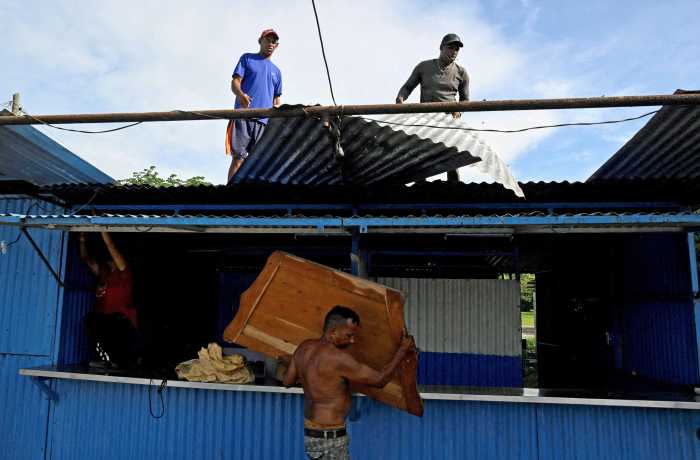
As Jamaica tries to recover, the Bahamas and Bermuda are also preparing for impacts from Melissa, who has already made landfall in Cuba, dumping tons of rain and triggering destruction of the infrastructure in some areas.


